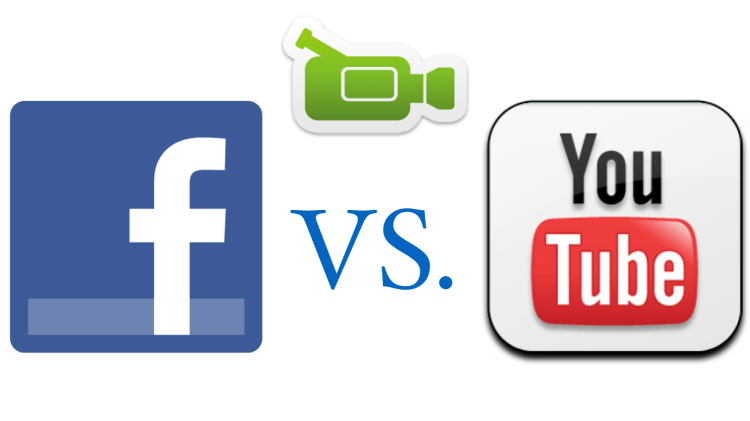2015 was a year of many milestones for the advertising industry: the year mobile took over, the year ad blocking became an issue, the year of the first Mediapocalypse. It was also just another year in the ongoing transformation of the media business. Forget about buzzwords. Next year, and the years that follow, will be defined by three epic battles: autoplay vs. push to play, agencies vs. brands, and the industry vs. malvertising.
Push to play vs. autoplay
Digital video ads have split into two camps: the user-initiated units favored by big brands, and the autoplay units favored by social platforms. Social platforms have, until now, driven ad innovation, thanks to their massive audience size — according to a recent VB Insight report on Who’s really winning in digital video, people watch over 50,000 years of video per day on YouTube and Facebook.
There’s room for two types of formats, of course — some brands prefer reach and some prefer engagement. And the social platforms building out autoplay provide big audiences and deep targeting. Yet in the face of fraud and viewability issues, autoplay may not address the new baselines that brands need to feel secure in their media buys. Opt-in formats provide specific targeting, longer play times, and make it much harder for malvertisers. However, audiences need a compelling reason to press play, and the number of views is typically less than what autoplay can deliver.
This year we will see more disruptive tension between advertisers and platforms, with agencies in the middle. Will technology drive the next wave of ad formats? Or will agencies leverage their position to steer both brands and their technology partners?
Mediapocalypse, Round 2
Three factors are driving marketers’ desire to evaluate agency relationships: drastic changes in consumer media behavior, the opportunity to reduce costs through consolidation and automation, and the need for greater digital and mobile expertise. 2015 was a record year for media agency reviews, and it would be surprising if the next round of advertisers didn’t follow with their own in 2016.
Greater transparency will help stabilize relationships, and the pace of change for technology and consumer behavior is accelerating. In the last five years alone we’ve seen the rise of native advertising, programmatic buying, branded content, mobile advertising, and shifts to on-demand media consumption. Agencies must navigate all of these changes — plus the new ones that will arise in the next few years.
The ad threat whack-a-mole continues
Advertisers, technologists, agencies, and media owners must confront two major threats to their businesses: a rapidly changing audience, and a criminal element that will continually iterate its approach to fraud. The best tool that the industry has against these challenges is innovation, not regulation.
This year, the industry finally committed to addressing issues of legitimacy in ad delivery. And just as MRC, IAB, TAG, and their counterparts sat down to confront them, we had to add ad blockers to the list of disruptive forces on the rise.
Some of these issues can be reduced through regulation and industry standards — especially when it comes to measuring viewability and tracking invalid traffic. More often than not, however, the solution needs to be innovation. Ad blockers, for example, are a consumer-driven response to overly aggressive advertising. Just like shutting down Napster couldn’t save the music industry, shutting down ad blockers fails to address the underlying change in people’s behavior.
The knockout
Underpinning all of these fights is a race — to see who’s the fastest at changing the game. Technologists have been the quickest to change the media landscape through innovation — whether they’re creating ad products or ad blockers. We’ll be watching in 2016 to see whether brands and agencies can take back the reins and reset the course for the advertising industry.
 Mitchell Reichgut is CEO of Jun Group. He has worked in the advertising industry for two decades on both the creative and agency sides.
Mitchell Reichgut is CEO of Jun Group. He has worked in the advertising industry for two decades on both the creative and agency sides.


